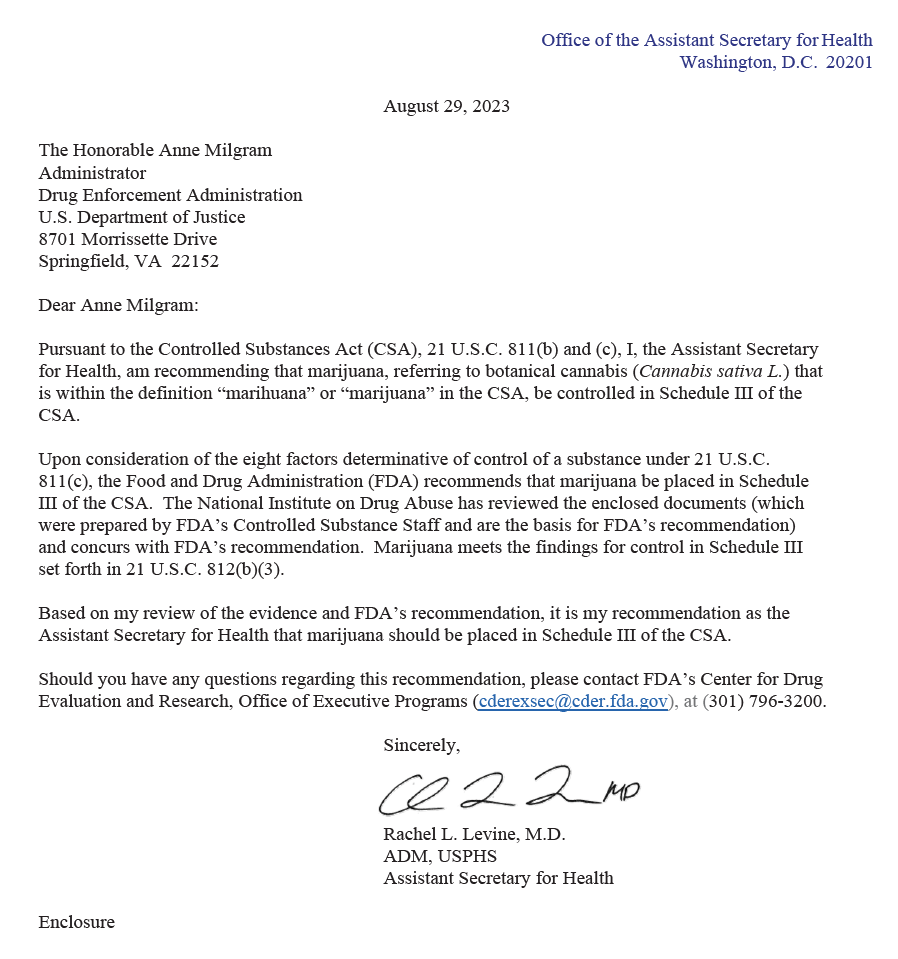In the ever-evolving landscape of cannabis research, a remarkable discovery has recently emerged: a spotlight shines upon a lesser-known cannabinoid known as Tetrahydrocannabivarin, or THCV. Unlike its more renowned counterpart, delta-9 THC, THCV appears to offer stimulating effects without the notorious “munchies” or fatigue often associated with marijuana consumption. This revelation stems from a groundbreaking double-blind clinical study conducted jointly by Phylos, a leading cannabis genetics company, and People Science, a prominent marijuana research firm.
On a momentous Tuesday, Phylos, a pioneering cannabis genetics company, joined forces with the esteemed marijuana research firm People Science to unveil the findings of their groundbreaking study. This research endeavor heralded a significant breakthrough, showcasing the remarkable effects of a THCV product on enhancing energy, activity levels, motivation, and overall well-being, distinctly surpassing those of a placebo.
Often dubbed as “diet weed” due to its intriguing lack of appetite-inducing properties, THCV stands out amidst the plethora of cannabis constituents saturating the market. Its emergence has sparked a wave of curiosity and excitement within the scientific community and beyond.
Under the auspices of an Institutional Review Board, researchers meticulously orchestrated a study involving 78 participants. These individuals were administered various formulations, including unmedicated placebo gummies, delta-9 THC-only gummies, and gummies infused with Phylos’s innovative THCV-dominant plant extract, aptly named “Get Sh!t Done.”
The outcomes were nothing short of remarkable. Analysis revealed that a notable 20 percent of participants who received THCV-infused gummies reported heightened feelings of vigor and vitality compared to their counterparts who received placebos. Furthermore, a staggering 40 percent expressed increased enjoyment in their daily activities following consumption of this novel cannabinoid.
In stark contrast, half of the participants who consumed the standard THC-only gummies reported experiencing heightened hunger—a phenomenon conspicuously absent in the THCV group. Moreover, those in the THC-only cohort were three times more likely to report feelings of fatigue compared to their THCV-consuming counterparts.
Both THC-only and THCV-infused gummies demonstrated significant enhancements in activity levels, exercise performance, motivation, and overall well-being compared to the placebo, as attested by Phylos.
Although the study employed a rigorous double-blind methodology, it awaits publication in a peer-reviewed scientific journal, underscoring the need for further scrutiny and validation within the scientific community.
Alisha Holloway, Chief Scientific Officer at Phylos, lauded the study as a pivotal moment for the cannabis industry, emphasizing its profound implications for understanding the synergistic effects of THCV in conjunction with THC. She hailed the “Natural Natural THCV study” as a cornerstone in advancing targeted cannabis products, poised to redefine the landscape of natural cannabinoid therapeutics.
Indeed, this research endeavor marks a transformative juncture, propelling the cannabis industry into uncharted territories of innovation and discovery, poised to revolutionize the understanding and application of natural cannabinoids.
Whitney Conroy, the Chief Commercial Officer at Phylos, underscored the burgeoning demand among consumers for access to natural, science-backed wellness products. “Consumers are seeking and deserve access to natural, plant-based wellness products that are backed by science,” Conroy emphasized, articulating a sentiment that resonates deeply within the industry.
She elaborated on the commitment of “Natural Natural” to forging partnerships with the crème de la crème of growers, extractors, and brands. This collaboration aims to ensure that consumers are not only aware of the products they purchase but also assured of their impeccable quality and proven efficacy. By prioritizing transparency and integrity, “Natural Natural” endeavors to set a gold standard in the realm of natural cannabinoid-based therapeutics.
Meanwhile, within the scientific community, researchers are diligently exploring the untapped potential of minor cannabinoids such as THCV. As awareness surrounding the therapeutic benefits of individual components of marijuana continues to expand, there is a growing impetus to unravel the multifaceted properties of these compounds.
For instance, a recent peer-reviewed study delved into the therapeutic potential of lesser-known cannabinoids derived from both hemp and marijuana. The study, published last year, shed light on the possibility of compounds like THCV offering promising avenues for the treatment of dermatological ailments such as psoriasis, eczema, and acne, signaling a paradigm shift in medical cannabis research.
Despite the growing body of research, the exact mechanisms underlying THCV’s unique effects compared to delta-9 THC remain a subject of intrigue. While the latest study did not delve into these mechanisms, prior research suggests that THCV, particularly in lower concentrations, may act as an antagonist rather than an agonist of the CB1 endocannabinoid system receptor. This distinction potentially enables consumers to circumvent certain common effects associated with delta-9 THC, such as increased appetite.
Moreover, recent revelations from researchers at Washington State University (WSU) have illuminated the intricate neural pathways through which cannabis stimulates appetite. Specifically, they unveiled how cannabis activates a specific cluster of neurons in the hypothalamus region of the brain, providing invaluable insights into its appetite-stimulating properties.
In essence, the convergence of scientific inquiry, industry innovation, and consumer demand underscores a transformative era in the realm of cannabis research and therapeutics, poised to redefine wellness paradigms and pave the way for enhanced health and well-being.

